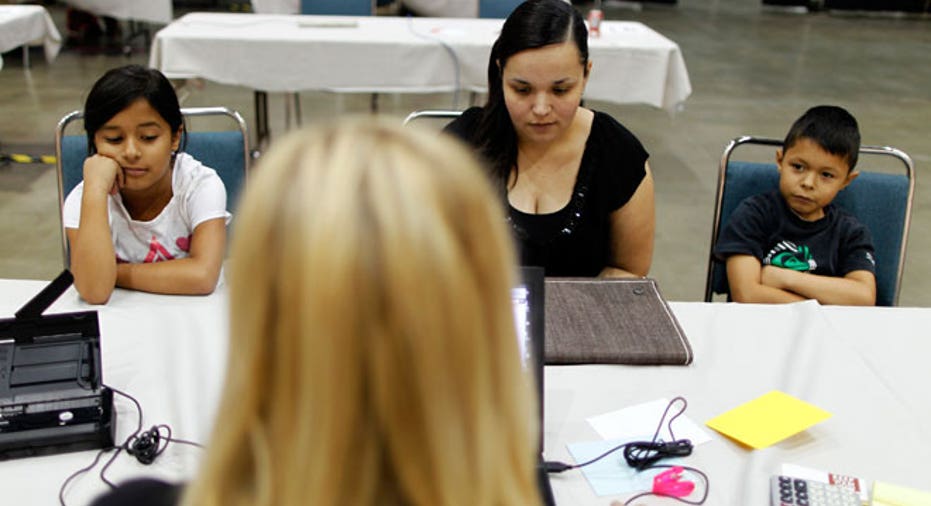Curing Home Equity Lines of Credit Headaches

For homeowners who took out a home equity line of credit ten years ago, their loans will be recasting soon, which means their monthly payments may nearly double as they start paying the interest and principal back.
While not paying it isn’t an option, unless you want to lose your home, there are ways to cover it even if you won’t be able to afford the heftier payment. A recasting of a home equity line of credit or HELOC “isn’t something that should sneak up on you, but it does,” says Greg McBride, chief financial analyst at Bankrate.com. “People go through ten years making minimal payments and it can double or triple over night with a recast.”
HELOCs are attractive to many homeowners with equity in their homes because it gives them a line of credit at a low interest rate. With many of the products you pay interest only for the first ten years and then after the initial draw down period ends you are required to make an interest and principal payment each month. The payment can often double, which for some cash-strapped homeowners can cause a financial problem. Take a $50,000 line of credit that you are paying 4% interest rate on as an example. According to Bob Walters, chief economist at Quicken Loans, you’ll pay around $166 a month for that loan but after ten years even with the interest rate still at 4% that loan will cost you $328 because you need to pay the principal as well as the interest. “Some people may anticipate it and understand it,” says Walters. “The good news is the balance will start to fall.”
But for homeowners who aren’t expecting it or can’t afford to make the payments you have options. Whether you opt to refinance or apply for hardship help, the first thing you need to do is contact your lender before the draw down period ends. “If you don’t do anything and you can’t afford to make the payments it’s going to negatively impact your credit,” says Rick Huard, svp of consumer lending at TD Bank (NYSE:TD). Worse, you could end up losing your home if you simply ignore the balance due.
Since none of the lenders want to be stuck with your home, they do make it easy to get help, which is why picking up the phone is important. Wells Fargo, for example, offers a variety of options to manage your payment once the loan is recast. Kelly Kockos, senior vice president of home equity at Wells Fargo says the lender can change the terms of the repayment to make the monthly payment smaller and will also restructure the first and second mortgage into one loan via a refinance. Although most lenders require you to have enough equity in your home to refinance both loans into one fixed mortgage, she says Wells Fargo will work with customers even if they don’t have the equity. “Every customer gets a customized solution,” says Kockos. “It’s about getting a payment they can handle.”
Another option, says Huard of TD Bank, is to take out another home equity line of credit to pay off the one that is nearing its end of draw down period. While that may not be the smartest move because you are borrowing to pay off a loan, if it means you can make the payments then it may be a viable option for you. If none of those options work, you may be able to get a modification from your lender if you are facing a financial hardship. For example Bank of America Home Equity Assistance program will modify home equity loans for people with a financial hardship. In order to qualify you have to have had your account open for nine months or more, haven’t received home equity assistance in the past 12 months and have experienced a hardship such as a reduced income or divorce. “The number one thing is to reach out to your bank as early as you can,” says Huard. “You want to have an open and honest dialogue so they can help you out.”



















